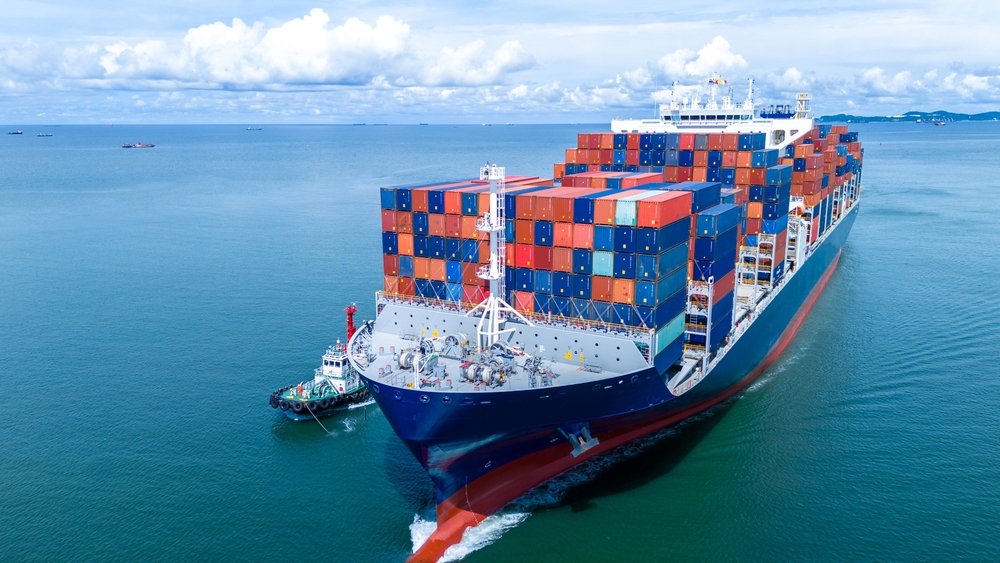Understand Your Rights. Solve Your Legal Problems


Tariffs, taxes imposed on imported goods, have been a key feature of the United States’ trade policy under President Donald Trump. Trump’s administration has introduced a series of tariffs, particularly on goods from Mexico, Canada, and China, escalating tensions with America’s major trading partners. These tariffs have sparked debates over their potential impact on businesses, consumers, and the global economy.
Tariffs are taxes levied on imported goods, which effectively raise the price of those goods for domestic consumers. The most common form of tariff is the ad valorem tariff, calculated as a percentage of the value of the product. For example, if the price of an imported product is $100 and a 25% tariff is applied, the price increases by $25.
Other types of tariffs include specific tariffs, which impose a fixed fee per unit of an imported product, and tariff-rate quotas, which apply higher taxes once an import threshold is surpassed.
The primary goal of tariffs is to protect domestic industries from foreign competition by making foreign goods more expensive, thus encouraging consumers to purchase domestic products instead. Tariffs can also generate revenue for the government. However, they often lead to higher costs for businesses that depend on foreign imports, which can result in higher prices for consumers.
Though President Trump has argued that foreign countries bear the brunt of tariff costs, the reality is that U.S. companies importing goods are responsible for paying the tariffs. These businesses must pay the duty to U.S. Customs and Border Protection. Afterward, businesses may pass the increased costs onto consumers, leading to higher prices on everyday goods. According to estimates from financial services firm ING, if Trump follows through with all his proposed tariffs, the average American household could see a rise of $2,400 per year in costs due to higher prices on goods.
The latest round of tariffs primarily targets Mexico, Canada, and China, three of the United States' largest trading partners. Here’s why Trump has targeted these nations:
President Trump argues that tariffs serve multiple purposes, including:
At the World Economic Forum in Davos, Switzerland, Trump encouraged companies to relocate their manufacturing to the U.S., saying, “Come make your product in America. But if you don’t make your product in America, you will have to pay a tariff.”
Economists are concerned that Trump’s tariff policy could lead to inflationary pressures. As the cost of goods rises, consumers may face higher prices for everyday items, from groceries to electronics. The U.S. effective tariff rate is expected to increase significantly, potentially pushing inflation up to 4%, well above the Federal Reserve’s 2% target.
Higher inflation could, in turn, lead to higher interest rates and more expensive borrowing for businesses and consumers. Additionally, tariffs on key manufacturing components and auto parts could disrupt supply chains, making products like cars more expensive and potentially leading to job losses in sectors dependent on international trade.
Latest: Elon Musk Promises to Cancel Grants Following Access to US Treasury System
While many Republicans have supported Trump’s tariffs, industry groups and Democrats have warned that the policy could have negative economic consequences. The National Foreign Trade Council has cautioned that tariffs could significantly increase the price of many goods, from avocados to automobiles.
The immediate effects of these tariffs have been currency fluctuations and a decline in stock markets. The Mexican peso and Canadian dollar have weakened against the U.S. dollar, while global investors have shown concerns over the growing trade tensions.
China has already vowed to take countermeasures in response to the tariffs, including challenging them at the World Trade Organization (WTO). The trade war between the U.S. and China, which intensified during Trump’s first term, could reignite as a result of these new tariffs.
The legality of Trump’s tariffs has been questioned, as he has invoked the International Emergency Economic Powers Act and the National Emergencies Act to justify the imposition of tariffs. Critics, including Democratic lawmakers, have accused him of abusing executive power.
In the past, retaliatory tariffs have hurt U.S. exporters. For instance, American farmers lost billions of dollars when China imposed tariffs on soybeans and corn during Trump’s first term. Now, with tariffs targeting a broad range of goods, the risk of a prolonged trade war looms large.
If the tariffs continue, trade wars could disrupt international supply chains and lead to further job losses in key U.S. industries, especially those reliant on trade with Mexico, Canada, and China. The possibility of further tariffs on steel, aluminium, semiconductor chips, and pharmaceuticals could have wide-reaching consequences for the global economy.
As Mexico, Canada, and China prepare retaliatory measures and legal challenges, businesses and consumers should prepare for increased costs and economic ripple effects in the months ahead.
The future of U.S. trade policy remains uncertain, with many wondering how far the Trump administration will push its tariff agenda and how other nations will respond. As history has shown, retaliatory tariffs could spark a broader trade conflict, making the global economic outlook even more volatile.


